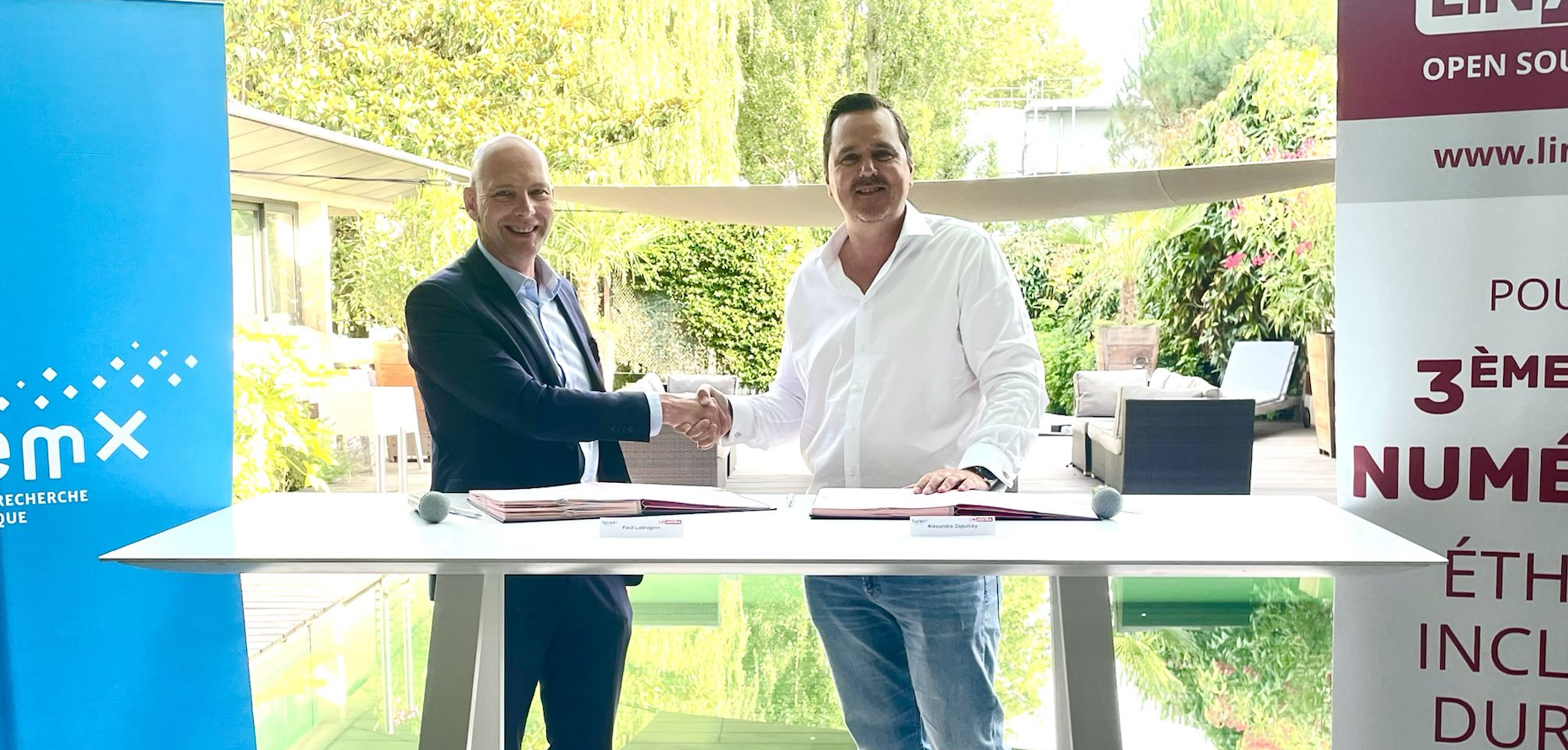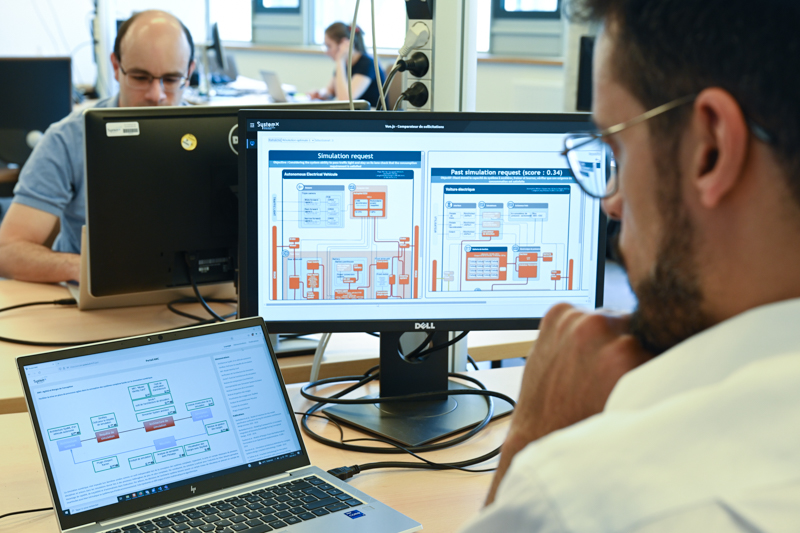Chunshi joined SystemX in February 2014 to produce a dissertation on designing principles for driver-vehicle cooperation in automated driving systems. Here he tells us about his doctoral thesis, conducted as part of the Localization – Augmented Reality (LRA) project and overseen by the LAMIH (Laboratory of Industrial and Human Automation Control, Mechanical Engineering and Computer Science) at the Université de Valenciennes along with the Renault Group.
What’s the topic of your thesis?
As part of my doctorate I’ve been investigating a topic with a promising future: autonomous cars. Generally, when it comes to designing autonomous cars, we’ve only been tackling technical issues like how they perceive their environment or make driving decisions. My starting point was that it is just as critical to study human factors related to autonomous cars, notably human-machine interaction.
My thesis is contributing to the design of a new paradigm for human-machine interaction, known as “driver-vehicle cooperation for autonomous cars.” By cooperating with their autonomous car, drivers can help it manage certain situations, such as interactions with other cars that are being driven manually. To help drivers more accurately identify their car’s intentions and their driving environment, I defined cooperation principles involving an innovative Human-Machine Interface (HMI) based on augmented reality and haptic signals. To implement that design, we, together with the LRA (Localization – Augmented Reality) team at SystemX adopted a user-centered approach that drew on several control methods borrowed from the discipline of automatic control.
What did you learn from your doctorate?
Thanks to my thesis, I’ve acquired a more in-depth knowledge of the state of the art in autonomous driving technology. And that knowledge will be helpful to me throughout the professional career I hope to pursue in the industrial sector. I also learned how to develop a critical mindset and take a broader perspective. A doctorate demands a lot of time for thinking and posing questions.
I was lucky to be able to do my research as part of the multidisciplinary team on the LRA project, which includes ergonomists, engineers and specialists in HMI, and the incredible range of skills and perspectives was enormously beneficial. I took part in the monthly team meetings and presented the progress of my work, so I could talk it over with the other members of the project. Their feedback was always very constructive and their advice opened a lot of new avenues for my research.
Can you tell us about your favorite memory from SystemX?
My favorite memory was when I was preparing for a demonstration on driver’s cooperation with autonomous cars for the 2016 edition of Future@SystemX – the big event that the SystemX IRT holds each year. I had the opportunity to conduct that demonstration and I received unwavering support from my colleagues. Together we managed to resolve an array of technical, material and logistical challenges. On the day of the event, our demonstration proved to be a huge success and I very much enjoyed being able to present it to visitors.
What are your plans for the future?
I’m going to continue my professional adventure with autonomous vehicles in the automotive industry. I hope to work on developing new functional capacities for self-driving cars with technical simulation.
 Find out more about Chunshi Guo
Find out more about Chunshi Guo
Thesis subject: Designing driver-vehicle cooperation principles for automated driving systems
Pre-doctoral degrees: Diplôme d’ingénieur, Arts et Métiers ParisTech; Master’s degree in automotive engineering, Tongji University (Shanghai, China); Master’s degree in digital simulation research, Institut Image
R&D project: LRA – Localization – Augmented Reality



